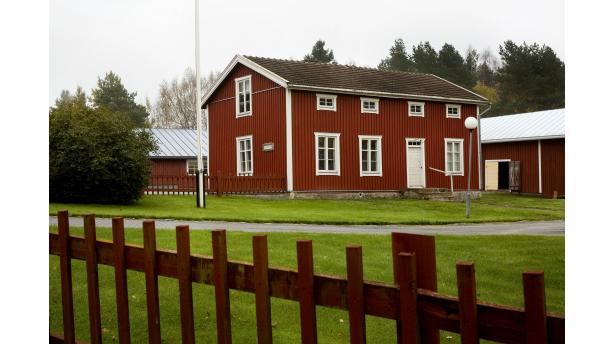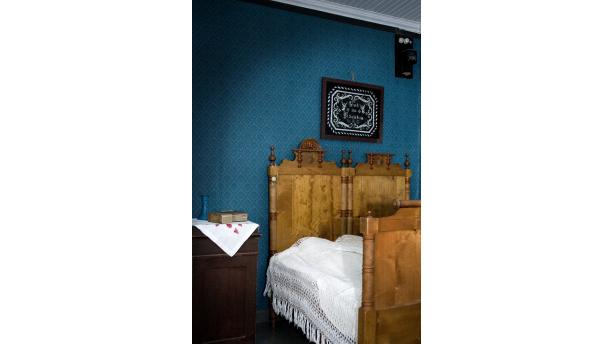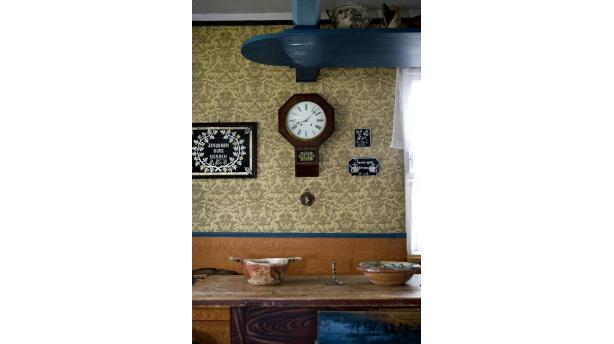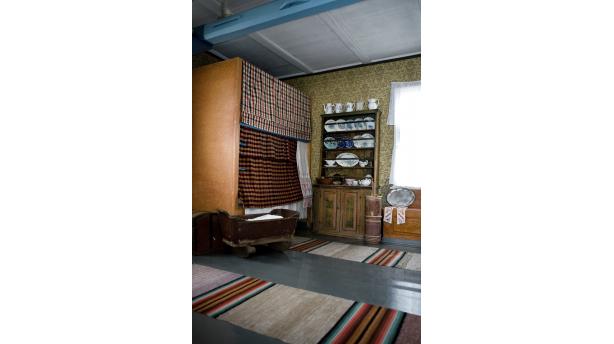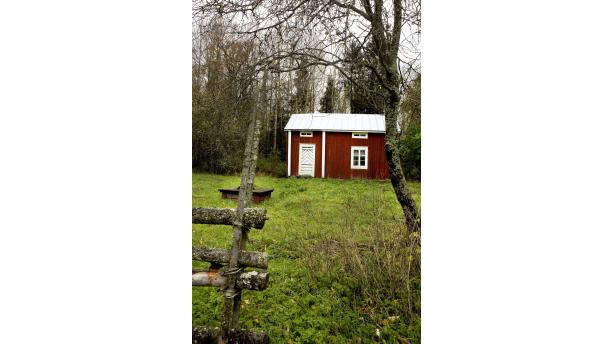Different estates had different, representative patterns in their costumes and textiles. Traditional everyday Petalax clothing as well as finest clothing, blankets and carpets from the beginning of the 20th century are displayed in the museum
Museum A-Ö » Rural life and craft » Petalax Museum
Petalax Museum





Did you know...
Different estates had different, representative patterns in their costumes and textiles. Traditional everyday Petalax clothing as well as finest clothing, blankets and carpets from the beginni ...
When arriving at the Petalax Museum, one steps into a Petalax home from the turn of the 19th and 20th century. In the attic are displayed used artefacts and textiles of the old time peasant community. In the beautiful surrounding of the museum area next to the church have survived old crofts, that give an idea of how people lived still in the first decades of the 20th century.
The musem is located on the church hill opposite the parish house. The age of the museum building is slightly unclear, but on one of the log walls have been carved the years 1886-87. The building has during the years served as a drudge cabin, a Sunday school and as the teaching venue of confirmation school children, until it was deployed as a museum in the 1970s.The downstairs premises of the museum have been furnished with furniture from Petalax as an old time peasant cottage with a porch, a porch chamber, a cabin and a chamber. In the beautifully wallpapered chamber is a slightly exceptional bed, namely a double bed decorated with wood carvings. Upstairs can be seen collections of various items. The gem of the museum are diverse old-fashioned telephones with a separate receiver, microphone and dial. One of them is a German model and possibly originates from the time of the Finnish civil war.
Some crofts have been preserved on the museum area: the cottage of Kaalas-Maria, Jossina’s cabin and Lenni’s cabin. The small red cottages of Koltaback create a beautiful milieu and are an important part of the old building tradition in the region. Kaalas-Maria’s cottage was inhabited by Maria all the way to the 1950s. The interior of the cottage has remained nearly the same as it was in her time. There are plans to restore and furnish Jossina’s cottage in the 1950s style during the next few years. Lenni was known in the village for his interest in radio sets, and his cottage will possibly be furnished with items from an old time school.
There is also a loan magazine on the museum area, situated right next to the stone fence of the Petalax church. It was used for storing grain, which was loaned to the peasants of the village during times of hardships. The museum buildings are on their original sites next to the church – except for the windmill, which has been transferred from Taklax to the church hill on the north side of the steeple. The windmills, that previously stood on the church hill, have been demolished as they gradually deteriorated due to lack of use.
On Nyby Finnbacken, a short distance from the museum, is the Arstu estate with history reaching all the way to the beginning of the 19th century. Summer theatre is performed there, but in Arstu are also arranged regional festivities and sing-along evenings, and the estate can be rented as well. On the property are, in addition to the residential building and its various items, a row of stables, a cowshed, a woodshed, a loft building transferred to the area, and a hay barn. Diverse theme evenings with for instance reminiscing of the old times are arranged at the museum during the year.
